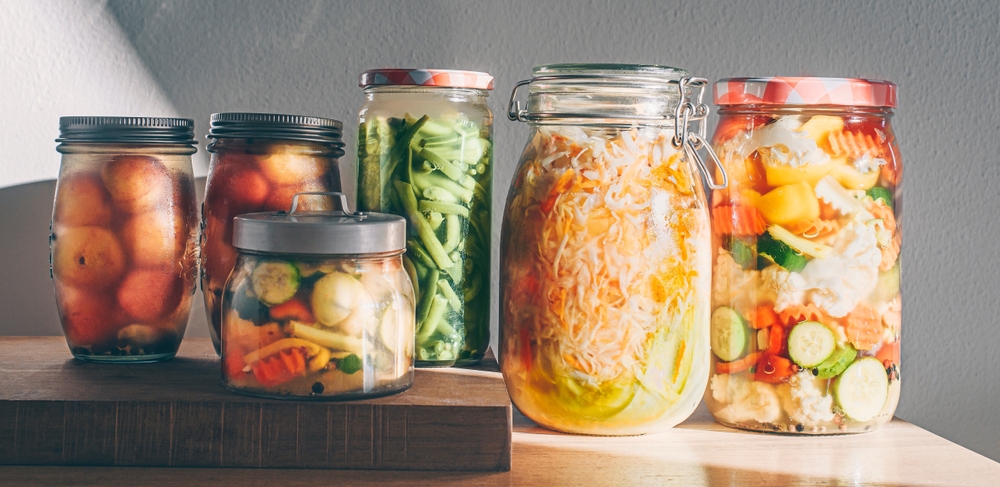Zero Waste Basics: Preserving Produce and Extending Use
Reducing food waste starts with practical preservation and smart use of produce. This article covers essential methods — from simple cold storage and pickling to fermentation and sous vide — that help extend the life of fruits, vegetables, and plantbased ingredients, while supporting sustainability, provenance, and traceability in the food chain.

Reducing food waste begins with knowing how produce behaves after harvest and choosing preservation methods that match its texture and seasonality. Simple adjustments — rinsing, trimming, separating ethylene-sensitive items, and chilling where appropriate — can add days to a vegetable’s life. Combining basic cold storage with low-tech techniques such as pickling or drying helps households and professional kitchens manage inventory, lower food costs, and support sustainability by keeping ingredients in use rather than discarded.
What is preservation and how does seasonality help?
Preservation covers a range of approaches: chilling, drying, salting, fermenting, canning, and freezing. Seasonality ties into this because produce harvested at peak ripeness often lasts longer and requires less intervention than off-season items forced into the supply chain. Planning around what’s in season reduces the need for heavy preservation and transportation, improves provenance clarity, and makes traceability simpler when sourcing from local services or small-scale suppliers in your area.
How can fermentation support zerowaste kitchens?
Fermentation is a preservation method that transforms perishable produce into tangy, shelf-stable foods. Vegetables that are wilting or slightly damaged can become krauts, pickles, or fermented condiments, extending usable life while adding complexity to dishes. Fermentation aligns with zerowaste goals by valorizing scraps (stems, cores) into stocks or brines. For kitchens exploring plantbased menus, fermented elements provide umami and acidity, reducing the need for single-use ingredients and supporting more resilient supply chains.
Can sous vide and gastronomy techniques extend produce life?
Sous vide, traditionally associated with precise cooking, can also extend the use window for certain produce by sealing items in vacuum pouches to slow oxidation and microbial growth before cooking or freezing. Gastronomy techniques — such as controlled poaching, quick chilling, or making clarified stocks — let chefs extract flavor from near-expired ingredients and convert them into shelf-stable or freezable components. These methods require attention to food safety and reliable traceability when used in commercial settings.
What role does upcycling and plantbased cooking play?
Upcycling means turning what would be waste into a valued product: turning broccoli stems into slaws, onion skins into colored broths, or overripe fruit into chutneys. Plantbased cooking can amplify upcycling by centering vegetables and legumes, which are versatile across preservation methods. Encouraging reuse in recipes reduces the volume of food sent to compost and creates new menu items or pantry staples that extend an ingredient’s lifecycle while supporting sustainability goals.
Why provenance and traceability matter for sustainability?
Knowing provenance — where food comes from — and having traceability through the supply chain helps kitchens make informed preservation choices. Produce with clear provenance often has shorter transit times and fewer unknowns about handling, making targeted preservation easier. Traceability aids in inventory rotation and quality assessment: if a batch shows minor defects, that knowledge enables directed upcycling or fermentation rather than broad disposal, aligning procurement with sustainability commitments.
How to use cold brew and storage tips for freshness?
Coldbrew techniques apply beyond coffee: cold infusion extracts flavor gently from herbs, citrus peels, and fruit scraps to make syrups or bases that store longer than the raw ingredient. For storage, keep leafy greens dry and wrapped in breathable towels, store root vegetables in cool, dark places, and segregate ethylene producers like apples from sensitive items. Labeling with dates supports rotation and reduces guesswork. Combining these practices with simple preservation—like quick pickles or chilled purees—keeps produce productive.
Conclusion Zero waste in the kitchen is a mix of preventive and creative strategies: source with seasonality and provenance in mind, apply preservation methods that suit the ingredient, and repurpose trimmings through fermentation or upcycling. Whether at home or in professional gastronomy, pairing cold storage, intentional procurement, and time-tested techniques such as sous vide or fermentation can extend produce life, improve traceability in your supply chain, and contribute to broader sustainability goals.




